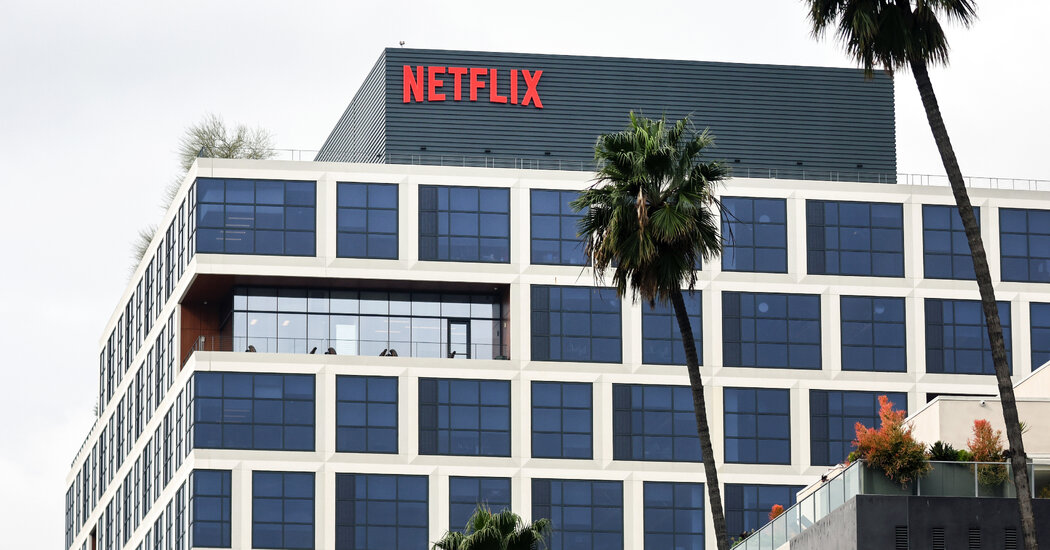There may be turmoil in the financial markets, but Netflix continues to roll.
The streaming giant earned $10.5 billion in revenue and nearly $2.9 billion in net income in the first three months of the year, exceeding Wall Street’s forecasts, the company reported Thursday.
The announcement represents the kickoff to media earnings season, which is turning into an even more anxious affair than usual. Many media companies that rely heavily on advertising revenue are preparing for a difficult year ahead as marketers begin to pull back on spending amid uncertainty around tariffs.
Some analysts believe, however, that Netflix is something close to recession-proof, and should be able to weather any economic tumult, a point that the company underscored. The company said in a Thursday letter to shareholders that its “revenue and profit growth outlook remains solid,” and that it is not making any changes to its forecast for the year ahead.
Netflix’s co-chief executive Greg Peters said on the company’s earnings call that internal metrics — like subscriber retention and engagement — remained strong, and “things generally look stable.”
“We also take some comfort in the fact that entertainment historically has been pretty resilient in tougher economic times,” he continued. “Netflix specifically also has been generally quite resilient, and we haven’t seen any major impacts during those tougher times.”
Netflix shares were up more than 2 percent in aftermarket trading.
“Netflix will continue to be the default platform, and the last to be cut by the vast majority of users,” said John Conca, an analyst at Third Bridge.
Thursday’s earnings also represented the first time that Netflix didn’t disclose quarterly subscriber figures. The company said last year that it would prioritize other metrics, including time spent on the service, and financial targets like revenue and operating margin. Some industry observers believe Netflix stopped releasing quarterly subscriber updates as “the outlook on subscriber increases appeared stale,” said Ross Benes, an analyst at Emarketer.
“Netflix is part of a broader industry shift away from focusing on how many new viewers are obtained to focusing on how much money viewers are bringing in,” he continued. “Consumers can expect more price increases.”
Antenna, a subscription research firm, estimated that Netflix lost subscribers in the United States in the first quarter.
Still, Netflix attributed its 12.5 percent growth in revenue both to higher subscription prices and “membership growth.” At the end of 2024, Netflix said that it had roughly 301 million global subscribers.
The company also said it was buoyed by the performance of its out-of-nowhere hit “Adolescence,” which came from its United Kingdom team.
Though Netflix has had momentum for several years now, it does face intense competition from another streaming behemoth: YouTube. Netflix accounted for nearly 8 percent of TV viewing time in the United States in March, but that trailed YouTube’s share of 12 percent, according to Nielsen.
“The biggest opportunity we’ve got is actually going after the roughly 80 percent share of TV time that neither Netflix nor YouTube have today,” Mr. Peters said. “We think of that as a real immediate opportunity.”
In a public filing, the company also announced that Reed Hastings, a co-founder of the company and its former longtime chief executive, would become chairman and a nonexecutive director. Since Mr. Hastings stepped down as chief executive in 2023, he had been executive chairman.
John Koblin covers the television industry.
The post Netflix Boasts That It’s Stable, Even in a Tough Economy appeared first on New York Times.




